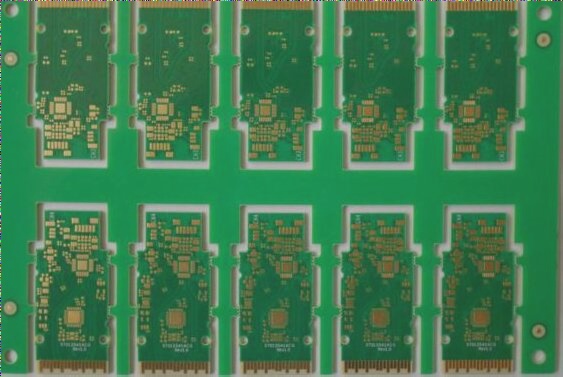With technological advancements, the interest in wearable devices has surged.
A company is developing a novel type of bendable lithium battery. This flexible FPC battery is anticipated to be integrated into wearable devices or flexible smartphones in the near future.
The company reports that, although the FPC battery is still in early production stages, it has demonstrated the ability to maintain power supply capacity even when bent or deformed, unlike conventional lithium batteries in smartphones and wearables, which tend to degrade under similar conditions, reducing their operational time.
This FPC battery made its first appearance at the annual advanced technology exhibition (CEATEC) earlier this month.
Once a lithium battery fails, it can become highly unstable. A notable instance involves devices overheating and potentially exploding due to battery issues. Overcharging can cause the battery to ignite, as lithium tends to concentrate at one point, leading to the formation of metallic lithium that precipitates.

1. Once this occurs, the heat generated from overcharging can lead to the formation of oxygen bubbles, which may easily react with metallic lithium. When this reaction takes place, it can result in an explosion. According to the company, their flexible FPC battery features a multilayer internal and external structure that significantly reduces the chances of leakage and overheating. With this innovative housing and internal design, FPC batteries are not only safer but also more reliable for wearable devices.
2. Application of Flexible Circuit Boards in NFC Bluetooth
Flexible circuit boards are becoming increasingly integrated into our daily lives. Here, we briefly discuss their application in NFC Bluetooth: NFC technology has a wide range of applications, including data transmission and mobile payments. Currently in its development phase, NFC technology spans diverse fields such as urban infrastructure, transportation, logistics, security, and home furnishings, with its future applications being largely unpredictable. Bluetooth technology facilitates short-range communication between devices with a straightforward configuration. It allows for effective non-contact communication among mobile devices. Despite its widespread use, Bluetooth has some drawbacks, including a 6-second pairing time and the requirement for a password, which contrasts with the rapid information dissemination expected in today’s digital age.
3. Various application products can be developed based on NFC technology. The NFC antenna in the Bluetooth-NFC quick pairing module consists primarily of flexible circuit board coils, functional chips, and rectifier circuits. Through initial design, material selection, and test analysis, the flexible printed circuit board manufacturing process ensures consistency in quality and performance control, leading to high-frequency, stable, reliable, and eco-friendly products.
4. Functions: with and without trigger capabilities. NFC is utilized in Bluetooth for rapid matching and connection, achieving a pairing time of just 1/30 of that of traditional methods. This greatly saves time and simplifies operations, enhancing user convenience. It has transformed the experience with traditional speakers, making applications more accessible. As NFC becomes standard in mobile phones, it promises to provide users with a novel experience! NFC is anticipated to become a standard feature in Bluetooth speakers, setting a new trend in the wireless audio market.
5. The above outlines the application of flexible circuit boards produced by the circuit board factory in NFC Bluetooth.
—
Let me know if you need further adjustments!




